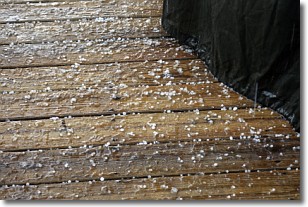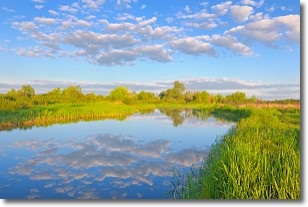Weather Alert in Texas
Heat Advisory issued May 14 at 2:26AM CDT until May 14 at 7:00PM CDT by NWS San Angelo TX
AREAS AFFECTED: McCulloch; San Saba; Menard; Kimble; Mason
DESCRIPTION: * WHAT...Temperatures around the 105 degree mark. * WHERE...Kimble, Mason, McCulloch, Menard, and San Saba Counties. * WHEN...From 1 PM this afternoon to 7 PM CDT this evening. * IMPACTS...Hot temperatures and high humidity may cause heat illnesses.
INSTRUCTION: A Heat Advisory means that hot weather conditions are occurring or expected. This will create a situation in which heat illnesses are possible. Never, ever, leave children or pets alone in enclosed vehicles, not even for a few minutes. Car interiors can reach lethal temperatures in a matter of minutes. Stay indoors and seek air-conditioned buildings. Drink water more than usual, and avoid dehydrating alcoholic, sugary, or caffeinated drinks. Dress for the heat by wearing lightweight and light colored clothing. Check in on family, friends, and neighbors, especially the elderly. If engaging in outdoor activity, take longer and more frequent breaks and avoid the hottest parts of the day.
Want more detail? Get the Complete 7 Day and Night Detailed Forecast!
Current U.S. National Radar--Current
The Current National Weather Radar is shown below with a UTC Time (subtract 5 hours from UTC to get Eastern Time).

National Weather Forecast--Current
The Current National Weather Forecast and National Weather Map are shown below.

National Weather Forecast for Tomorrow
Tomorrow National Weather Forecast and Tomorrow National Weather Map are show below.

North America Water Vapor (Moisture)
This map shows recent moisture content over North America. Bright and colored areas show high moisture (ie, clouds); brown indicates very little moisture present; black indicates no moisture.

Weather Topic: What is Sleet?
Home - Education - Precipitation - Sleet
 Next Topic: Snow
Next Topic: Snow
Sleet is a form of precipitation in which small ice pellets are the primary
components. These ice pellets are smaller and more translucent than hailstones,
and harder than graupel. Sleet is caused by specific atmospheric conditions and
therefore typically doesn't last for extended periods of time.
The condition which leads to sleet formation requires a warmer body of air to be
wedged in between two sub-freezing bodies of air. When snow falls through a warmer
layer of air it melts, and as it falls through the next sub-freezing body of air
it freezes again, forming ice pellets known as sleet. In some cases, water
droplets don't have time to freeze before reaching the surface and the result is
freezing rain.
Next Topic: Snow
Weather Topic: What are Stratocumulus Clouds?
Home - Education - Cloud Types - Stratocumulus Clouds
 Next Topic: Stratus Clouds
Next Topic: Stratus Clouds
Stratocumulus clouds are similar to altocumulus clouds in their
fluffy appearance, but have a slightly darker shade due to their additional mass.
A good way to distinguish the two cloud types is to hold your hand out and measure
the size of an individual cloud; if it is the size of your thumb it is generally
an altocumulus cloud, if it is the size of your hand it is generally a
stratocumulus cloud.
It is uncommon for stratocumulus clouds to produce precipitation, but if they do
it is usually a light rain or snow.
Next Topic: Stratus Clouds
Current conditions powered by WeatherAPI.com




